hints and aids for older gardeners
nancy hendrickson
23 years ago
Related Stories
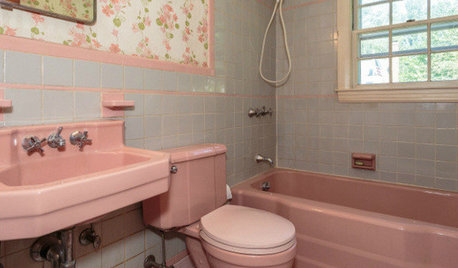
BATHROOM COLOR8 Ways to Spruce Up an Older Bathroom (Without Remodeling)
Mint tiles got you feeling blue? Don’t demolish — distract the eye by updating small details
Full Story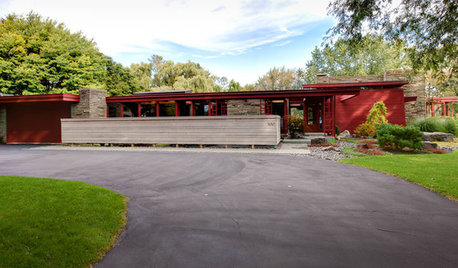
HOUZZ TOURSHouzz Tour: Major Renovations Aid a Usonian Home
Its classic lines got to stay, but this 1950s home's outdated spaces, lack of privacy and structural problems got the boot
Full Story
ARCHITECTUREDo These Surprising Contemporary Exteriors Hint at the Future?
Unconventional homes may someday be commonplace, thanks to more building choices than ever before
Full Story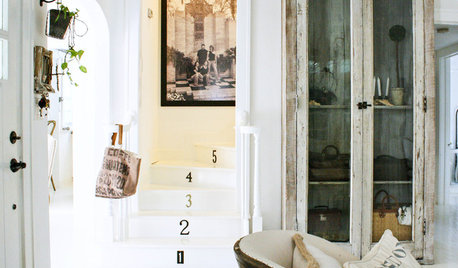
DECORATING GUIDES13 Decorating Tips for Older Homes
Preserve the personality of the past while designing for now with these tips for paint, rugs, window treatments and more
Full Story
GARDENING GUIDESGreat Design Plant: Rhus Glabra
Smooth sumac provides powerful jolts of fall color and persistent fruit clusters that add interest through the winter
Full Story
EDIBLE GARDENSHow to Grow Your Own Sweet Summer Crops
This guide will help any gardener get started on growing the freshest warm-season veggies and berries for summer
Full Story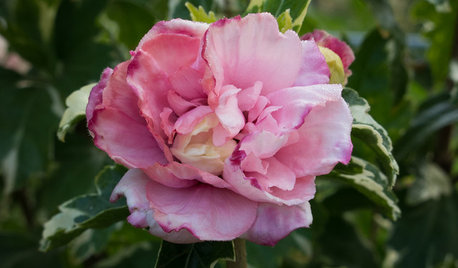
GARDENING GUIDESGreat Design Plant: Hibiscus Syriacus ‘Sugar Tip’
As pretty as a party dress, ‘Sugar Tip’ has layers of pink that catch the eyes of butterflies
Full Story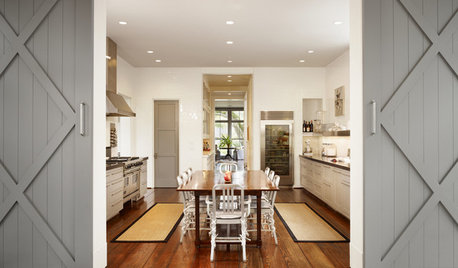
TRADITIONAL HOMESHouzz Tour: Casual Elegance With a Touch of Farmhouse Style
Informal family living is aided by a home layout with an easy flow
Full Story
LIFEYou Showed Us: 20 Nutty Home Fixes
We made the call for your Band-Aid solutions around the house, and you delivered. Here's how you are making what's broken work again
Full Story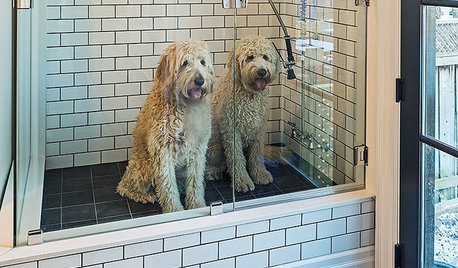
THE HARDWORKING HOME8 Laundry Room Ideas to Watch For This Year
The Hardworking Home: A look at the most popular laundry photos in 2014 hints that dog beds, drying racks and stackable units will be key
Full StoryMore Discussions






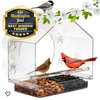
loxadont_hotmail_com
janes_kid_enfused_com
Related Professionals
Tempe Landscape Architects & Landscape Designers · Franconia Landscape Architects & Landscape Designers · Goodyear Landscape Contractors · Broadlands Landscape Contractors · Deerfield Landscape Contractors · Hannibal Landscape Contractors · Middletown Landscape Contractors · Eastlake Landscape Contractors · Vadnais Heights Landscape Contractors · Fish Hawk Handyman · Augusta Siding & Exteriors · Cheektowaga Siding & Exteriors · Fairfax Siding & Exteriors · Kenosha Siding & Exteriors · Point Loma San Diego Siding & Exteriorsherbs_nbnet_nb_ca
rhorx_aol_com
nomailpls_nomailthanx_com
deblux_2sight_net
Hortartsong
a_richard_d_enfused_com
juliebw